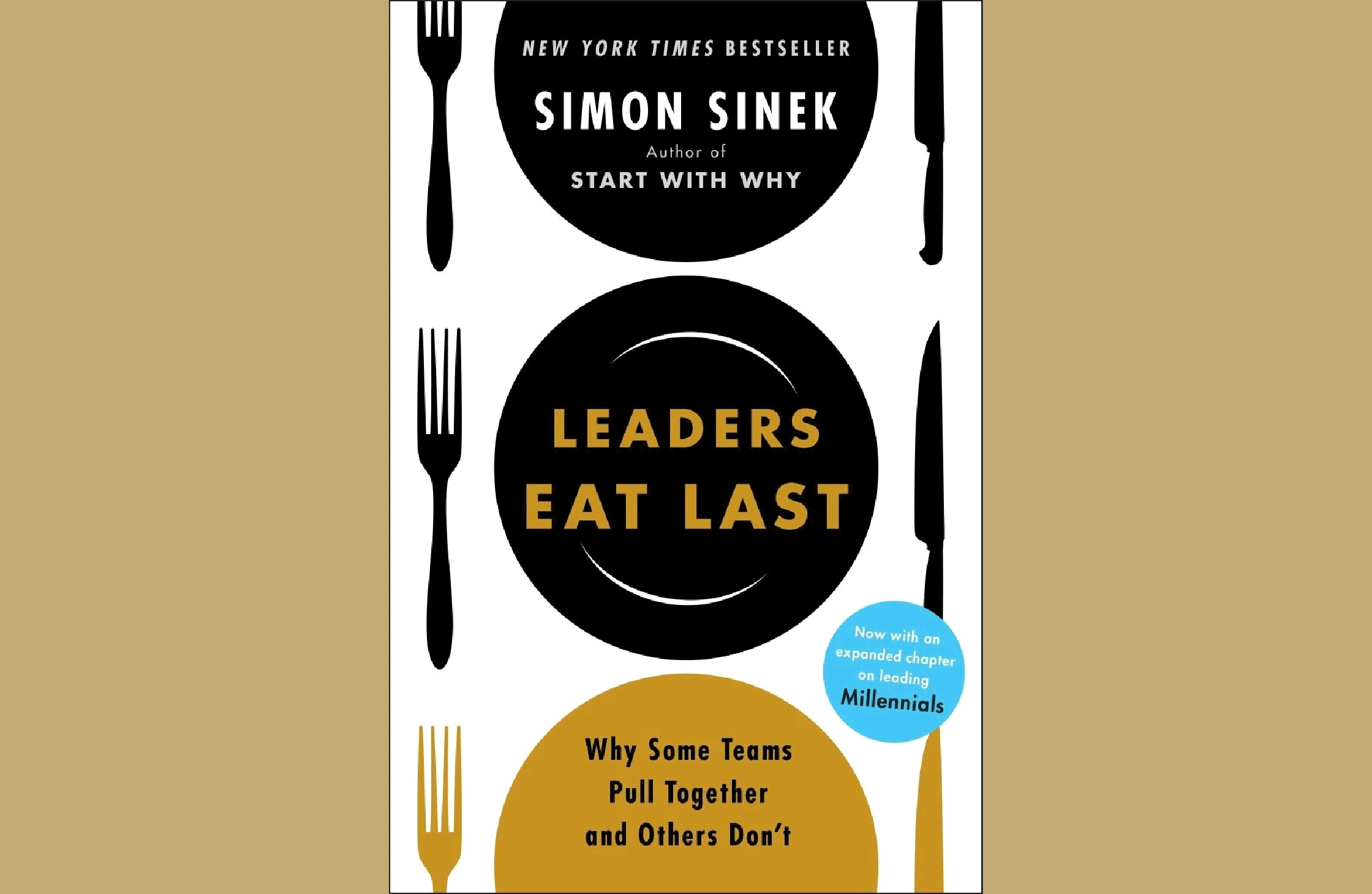Leaders Eat Last: A Guide for Entrepreneurs to Foster Cohesion and Success
Unlock the secrets to building cohesive, successful teams with Simon Sinek's 'Leaders Eat Last.' This blog post delves into the 'circle of safety' concept, offering entrepreneurs a roadmap to empathetic, vision-driven leadership for fostering trust and innovation.

Simon Sinek's "Leaders Eat Last: Why Some Teams Pull Together and Others Don't" is an essential read for entrepreneurs seeking to cultivate successful, cohesive teams. This blog post explores Sinek's book's vital "circle of safety" concept and illustrates how it can redefine your leadership approach.

Understanding the Circle of Safety
What is the Circle of Safety?
The circle of safety is a leadership philosophy that emphasizes creating a trust-based and supportive team environment. In this haven, team members are encouraged to share ideas, take risks, and collaborate without fear of retribution or ridicule.
Its Importance for Entrepreneurs
For entrepreneurs, nurturing such an environment is critical to spurring innovation and resilience. In a dynamic business world, a team that feels secure is more likely to be innovative, adaptable, and cohesive.
Leading with Empathy and Vision
The Significance of Listening First
Influential leaders listen before they speak. This practice values team members' perspectives, leading to more inclusive and comprehensive decision-making.
Cultivating a Shared Vision
Authentic leadership is not about imposing your vision but harmonizing your team around a common goal. This collaborative spirit is critical to creating a shared purpose.
Simon Sinek: "A team is not a group of people who work together. A team is a group of people who trust each other."
Practical Steps to Implement the Circle of Safety
Promote Open Communication
Foster an environment where team members can freely express their ideas and concerns without fear of judgment.
Be a Role Model
Your actions set the tone for the team. Exhibit empathy, actively listen, and be transparent in your decisions. This approach builds trust and sets a standard for team conduct.
Acknowledge Team Successes
Celebrating achievements as a team highlights the value of each member's contribution and emphasizes the idea of success as a collective effort.
Provide Comprehensive Support
Ensure your team has the necessary resources and support for success, including physical tools and emotional/professional guidance.
Notable Leaders Exemplifying the Concept
- Satya Nadella at Microsoft: Nadella's leadership transformed Microsoft by fostering a culture of empathy and continuous learning, significantly driving the company's growth and innovation.
- Anne Mulcahy at Xerox: Mulcahy's focus on employee involvement and open communication was pivotal in steering Xerox away from bankruptcy, proving the effectiveness of collaborative leadership.
- Howard Schultz at Starbucks: Schultz's philosophy of putting employees first shaped Starbucks' culture, playing a crucial role in the company's international success.

Conclusion: Embracing a New Leadership Ethos
Adopting the circle of safety means evolving from authoritative leadership to a more empathetic, inclusive, and collaborative style. This approach is critical for entrepreneurs to build teams driven by shared goals and mutual trust, fostering innovation and success.
Remember, leadership is about nurturing and enhancing the lives of those in your charge. Lead with vision, empathy, and by example, and watch your team and your business flourish.
Recommended Reading for Entrepreneurs
- "Dare to Lead: Brave Work. Tough Conversations. Whole Hearts." by Brené Brown
- Explore the power of vulnerability in leadership, and learn how to lead with courage and empathy.
- "Good to Great: Why Some Companies Make the Leap and Others Don’t" by Jim Collins
- Discover what separates top-performing companies from the rest, with a focus on leadership strategies and organizational dynamics.
- "The Five Dysfunctions of a Team: A Leadership Fable" by Patrick Lencioni
- Lencioni outlines the common pitfalls that teams face and provides practical solutions for overcoming these challenges to build effective, cohesive teams.


